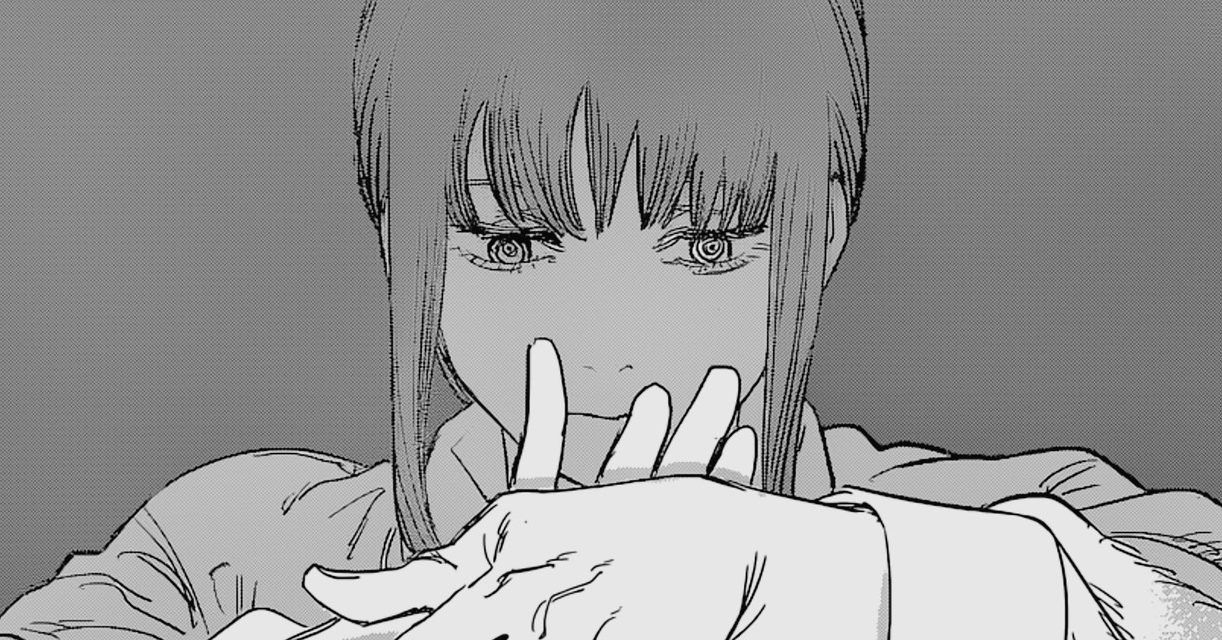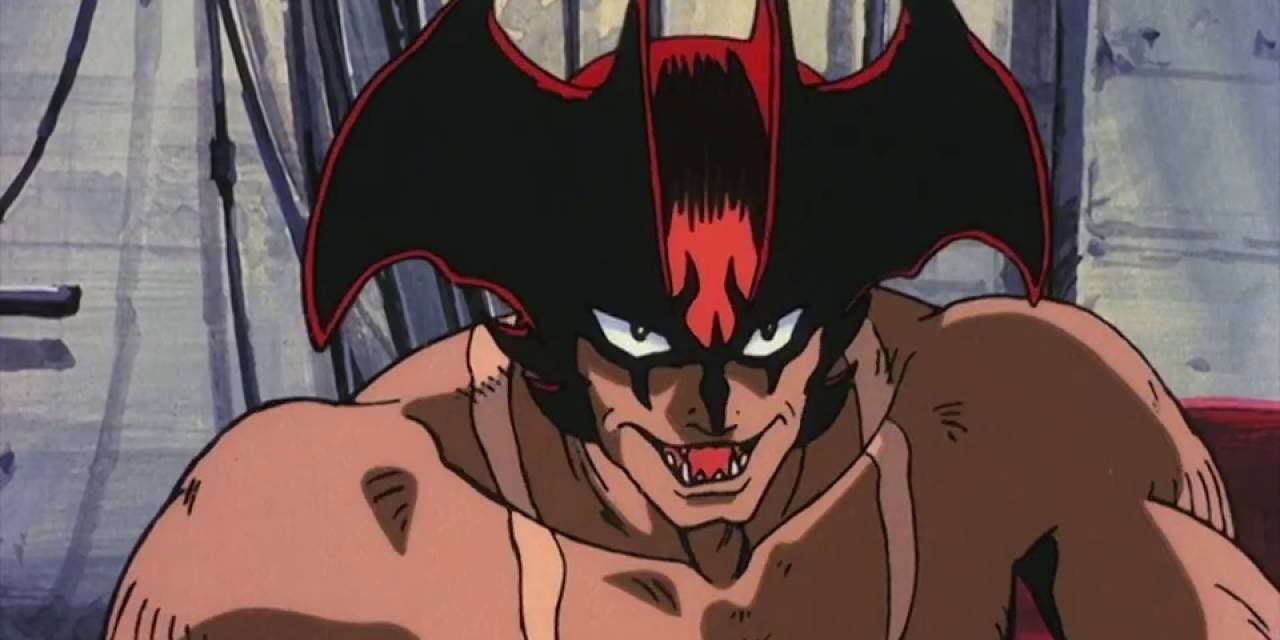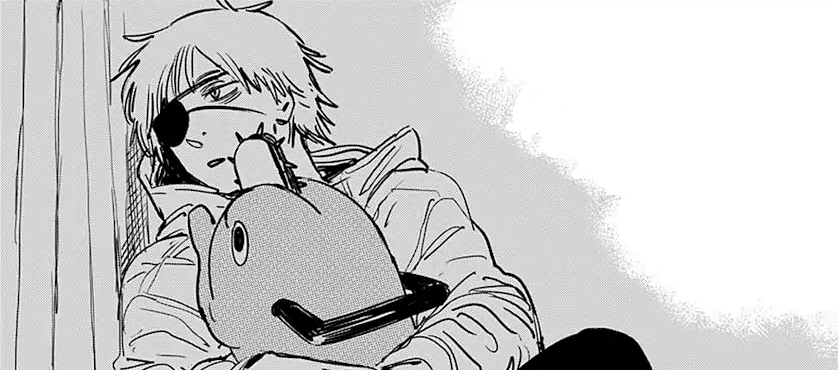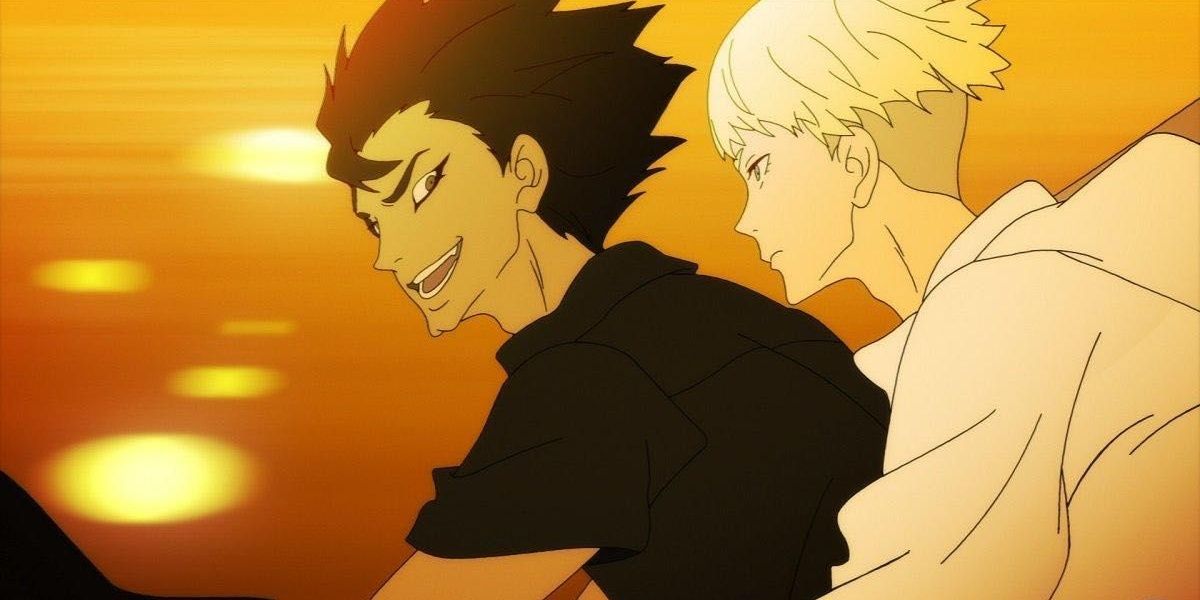The following article contains spoilers for Tatsuki Fujimoto's Chainsaw Man, Go Nagai's Devilman, and Devilman Crybaby.
Tatsuki Fujimoto's Chainsaw Man has rapidly become a global sensation -- with the original manga already having well over 13 million copies in circulation as of July 2022, and the newest trailer of Chainsaw Man's anime adaptation hitting 1 million views in an hour -- the series has cemented itself as an instant classic in the anime and manga community.
Chainsaw Man benefits from its break-neck pacing, memorable cast, and blood-soaked action, but it's far from the first series to exhibit these traits. In fact, much of what makes Fujimoto's shonen giant successful can be attributed to Go Nagai's groundbreaking work, Devilman.
Narrative & Character Parallels
It may seem inevitable that Chainsaw Man and Devilman would be compared to one another, as both series feature a young protagonist bestowed with hellish powers, answering to an authority figure that they trust. However, the two series share much more than simple plot devices. The core themes of each series align closely with one another, and their individual impacts on the manga industry are shockingly similar.
Go Nagai's Devilman is famous for much more than its 2018 animated adaptation, Devilman Crybaby. The action-horror series has been accredited to inspiring other famous works, including Berserk, Neon Genesis Evangelion, and even Atlus's famous video game franchise Shin Megami Tensei. Beginning serialization in 1972, Devilman was revolutionary for its time, answering the call for a much darker superhero story. It's horrific facial expressions and visceral world captivated audiences globally. Devilman's influence is as deeply integrated into Japanese pop-culture as Batman is in the west.
One of the most memorable aspects of Devilman, and one that directly connects it to Chainsaw Man, is the way it handles its characters, and their respective arcs.
Devilman's protagonist, Akira Fudo, is depicted as an average high school boy. He's unassuming and rather naive, but possesses a pure heart. Akira is always depicted as a loyal friend, and strives to see the best in those around him -- human or otherwise. Once Akira becomes possessed by the demon Amon and becomes the eponymous Devilman, his heart of gold allows him to gain all the powers, strength, and bravery of a demon while maintaining his humanity.
While Akira is depicted as being more innocent than Chainsaw Man's Denji, the two protagonists have quite a bit in common. Denji is fiercely loyal to those he becomes close to, and ultimately succumbs to and embraces his devilish powers thanks to somebody he believes he can trust -- the beautiful and mysterious Makima. This relationship directly parallels the toxic relationship between Akira Fudo and Ryo Asuka.
Makima is a direct parallel to Devilman's elusive depiction of Satan, Ryo Asuka. The two characters are drawn with an ethereal beauty, and both have the ability to enchant those around them, usually with manipulative intent. In Chapter 75 of Chainsaw Man, it is revealed that Makima isn't a normal human; she is, in fact, the Control Devil. She takes control of a large group of Devil Hunters, and creates a fleshy halo above her head, further cementing how impactful this reveal is to the reader.
This moment directly parallels Ryo Asuka's transformation into Satan during the climax of Devilman. While it is less a narrative twist revealed to the audience, it is instead a moment of self realization. Ryo Asuka regains his memories of being Satan, and sets out to wipe humanity from the Earth. Ryo transforms into a beautiful, angelic being when he becomes Satan, complete with feathery wings and a heavenly glow around his body.
Both Makima and Ryo serve the same purpose in their respective narratives, and even have similar motives for their actions. Makima, as a devil, does not understand human emotions. This is foreshadowed in Chapter 39 of Chainsaw Man when Makima and Denji go on a movie date. While Denji exhibits a wide range of emotions and reactions throughout the multiple films the pair see, Makima stays stone-faced until the final film, when she finally sheds a tear.
In a similar vein, Ryo Asuka laments to Akira that he doesn't understand love, that he didn't feel anything towards humanity no matter how hard he tried. But, after the 20-year war that effectively wiped out humanity, Ryo felt a deep regret towards his actions. Once he finishes his self-righteous speech, he looks over to Akira for acknowledgement only to realize that he had killed him, severing him at the waist. Upon this final revelation, Ryo begins to cry. Almost ironically, both Makima and Ryo's vanity and desperation to understand human emotion is what leads to their demise.
Rapid-Fire Pacing
Another highlight of Chainsaw Man is its incredibly fast pacing, akin to a wild, blood-soaked roller coaster ride. While many of the eccentric character designs are memorable, most of the cast dies before the first part of the series reaches its conclusion. This type of story-telling is fascinating, thanks to Fujimoto's ability to construct a cohesive narrative in an almost ludicrous amount of time.
Those who decide to read Chainsaw Man have the ability to choose a favorite character that may have only had a few chapters, or even a few pages of development before disappearing. Similarly, Devilman is known for its own intense pacing. Considering the original Devilman was collected into only five volumes, the story was told at a rapid pace.
The tragedy that Akira Fudo endures is a short ride, but has managed to stay relevant for fifty years, and introduced iconic characters like Miki and Ryo, who still influence manga readers and creators today. While Devilman has had multiple spin-offs and has been able to explore a variety of narratives -- much different from the still very fresh Chainsaw Man -- each timeline tells a short story that sticks with readers.
Impacting the Industry
While Devilman has had fifty years to influence mangaka, animators, and fan spaces -- Chainsaw Man is still fresh in comparison. Despite this, the impact of Chainsaw Man can already be felt across the industry. Chainsaw Man quickly began sweeping award ceremonies, including the 66th Shogakukan Manga Award in the shonen category, as well as the Harvey Awards for Best Manga Title in 2021. Additionally, Chainsaw Man ranked as the 7th best-selling manga title in Japan during 2021, right behind established series like Demon Slayer, Attack on Titan, and One Piece.
When analyzing these numbers, its important to keep in mind that this astronomical success was achieved well before Chainsaw Man received its anime adaptation, which is an impressive feat for any manga title. In June 2022, Chainsaw Man ranked as the number one best-selling manga title in the United States, ranking above Spy x Family, which had received an anime adaptation just a few months prior, to viral success.
A similar wave of success followed Devilman during its original publication as well. Across five volumes, Devilman sold 50-million copies total, averaging 10-million per volume during its publication. Go Nagai's subversive narrative and anti-war themes resonated heavily with audiences during this time, and has continued to influence the manga industry fifty years later. Inspiring characters like Griffith from Kentaro Miura's dark fantasy masterpiece Berserk, and Kaworu from Neon Genesis Evangelion.
While there's still plenty of time to see just how Chainsaw Man will influence up-and-coming mangaka, once the highly-anticipated anime adaptation begins airing in the fall, the series will be unavoidable, and has the potential to become a timeless classic, much like Devilman accomplished in the past.

.png)


.png)

